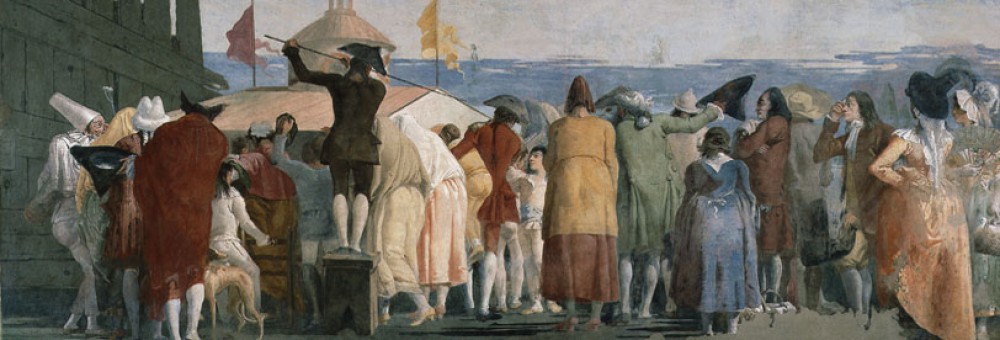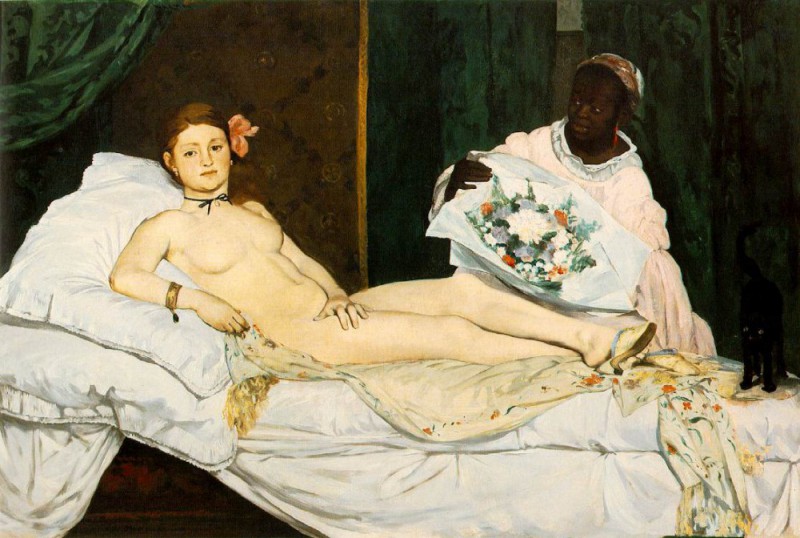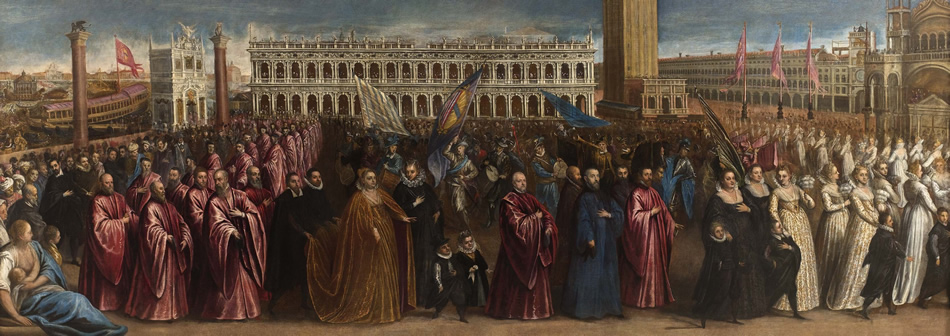
In the rooms where there was the apartment of the Doge, until June 30th you can see a selection of portraits of Doges and Dogaresse. If the Doge was the representative of the Venetian Republic, appointed for life by the Great Council, the Dogaressa, the wife of the Doge, not always enjoyed public tributes and honors. It usually depended on the personal wealth of the family.
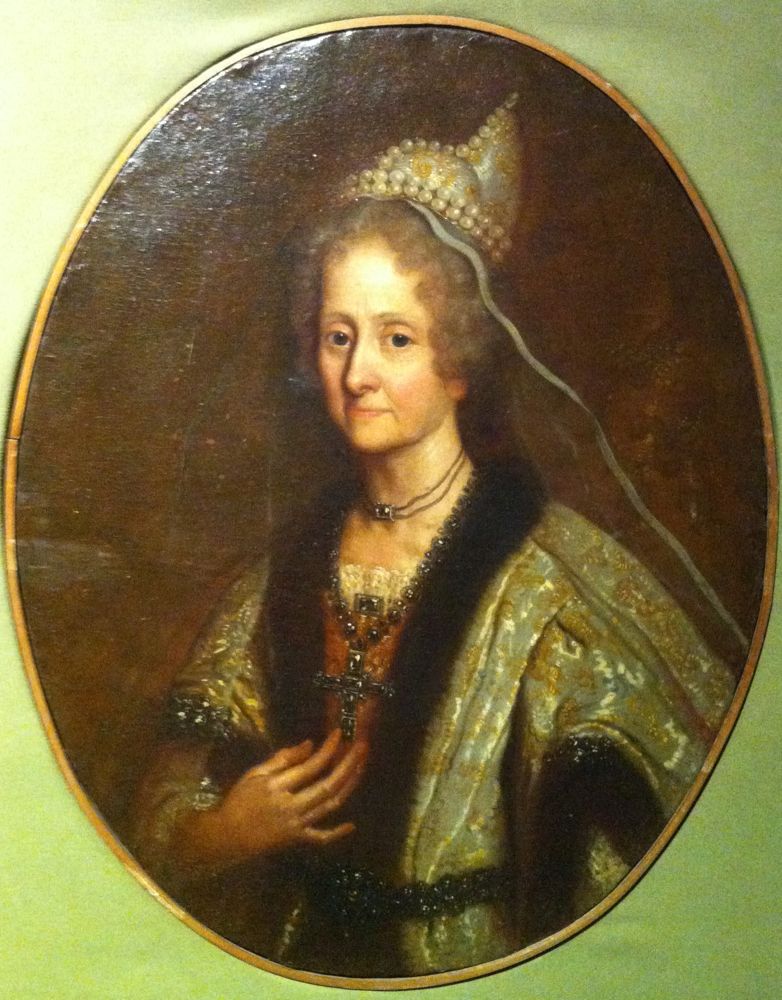
Portrait of the Doge’s wife Elisabetta Querini Valier, end of the 17th century, unknown artist

Doge Sebastiano Venier, Andrea Vicentino, 1577
Through the lavishing rooms of the Palace, refurbished after a fire in the late 15th century, and still maintaining most of the original decoration, you meet men and women who were among the principal actors of the history of Venice.

Paintings show other important symbols of Venice’s past glory like battles, lions, geographic maps.
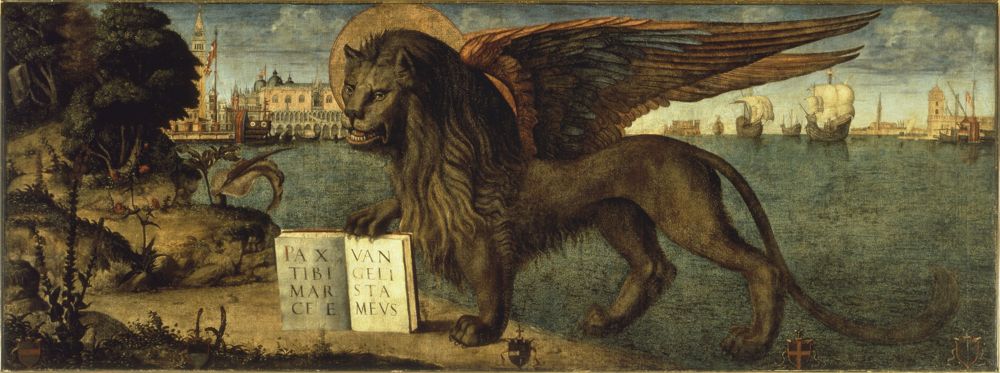
Finally, a painting of the 19th century reminds the abdication in 1797 of the last Doge, Ludovico Manin, before the French army of Napoleon entered the city.
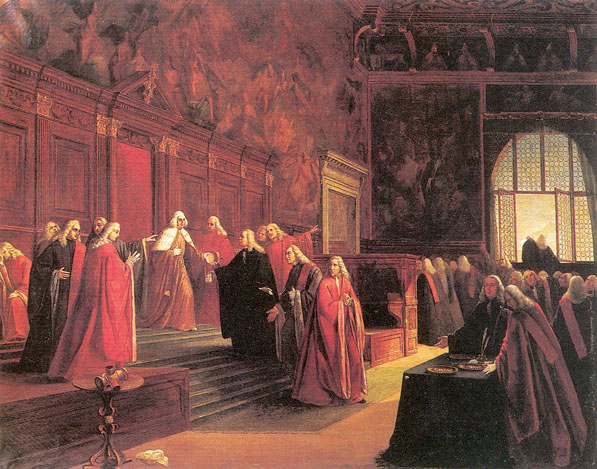
The Deposition of Doge Manin, 19th-century unknown artist.
Many hundred years of history, worth to be known.
